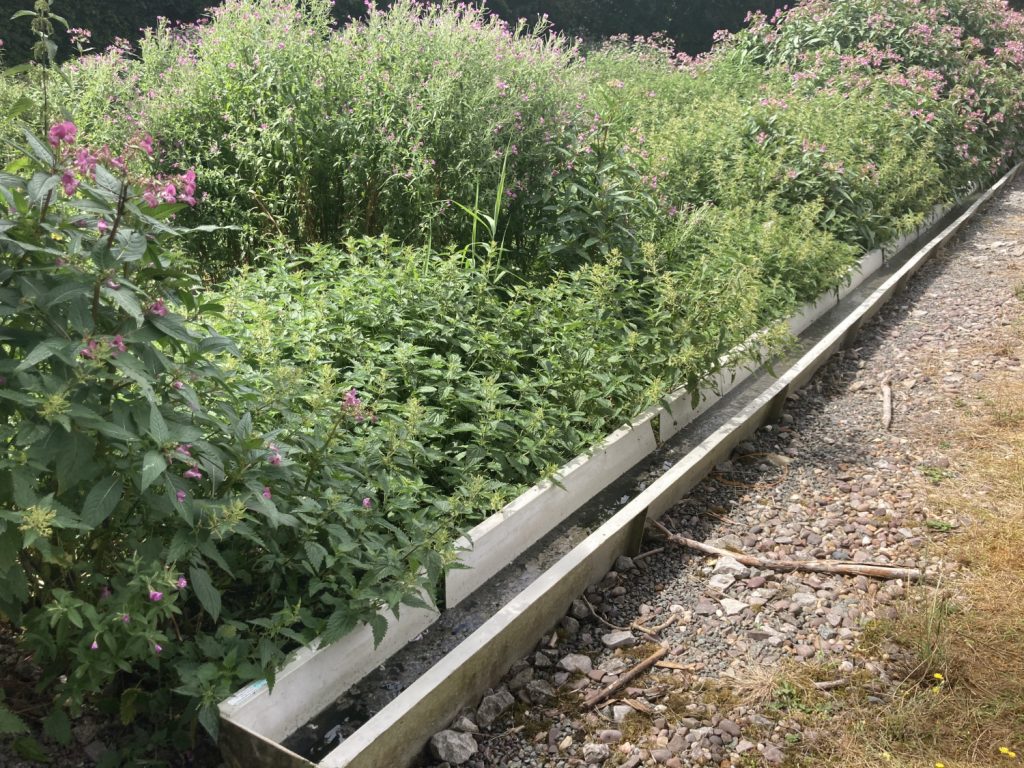Despite playing a vital role in water treatment, reed beds are often built and forgotten assets. Consequently, if any issue arises because a reed bed has been neglected – such as discharge consent failures or watercourse pollution incidents – proactive maintenance may not be possible, resulting in a complete refurbishment.
The reed bed refurbishment process can be expensive and lengthy, requiring several months of preparation beforehand and time to commission it afterwards once the work’s done.
To avoid refurbishment, reed beds should be routinely maintained over their lifespan – like any other water or wastewater asset. Otherwise, reed bed owners or managers face several unwieldy challenges that go hand in hand with a reed bed refurbishment.

Access issues
To fully refurbish a reed bed, it’s necessary to provide complete access to the reed bed site and its surroundings.
Maintaining 24/7 access for daily operational activities is essential to ensure works in and around the reed bed are kept from interfering with the regular operation of the site or surrounding area.
It sounds simple, but organising access is often complicated, involving managing many stakeholders with different agendas, from landowners to local councils. It’s made complex because, in many instances, reed bed systems were constructed long ago without considering the need for future access.
Alastair Pentland, Environmental Operations Manager at Oren Environmental, says:
“Organising traffic management plans, making applications to carry out work affecting trees protected by Tree Preservation Orders, navigating around weight-restricted bridges and roads, and limiting light pollution when working in the dark winter nights – are all examples of things that must be considered months in advance of a reed bed refurbishment.”
Going offline
In parallel to arranging site access, reed bed refurbishments often require the asset to go offline.
Alastair adds:
“If there’s more than one reed bed onsite, they might run in parallel or sequentially. The water quality upstream must be assessed to see if one reed bed can be taken offline. In other words, can the water treatment process be maintained to complete the reed bed refurbishment?
“If a reed must be taken offline, it won’t just be for the duration of the refurbishment. It must happen beforehand to set up alternative water treatment approaches or to organise a bypass system.”
The ageing reed bed
If reed beds are constructed and left unmaintained for years, the accumulated overgrowth can mask the scale of refurbishment work required.
Alastair explains:
“Lack of maintenance can lead to structural damage to the reed bed itself. However, the overgrowth can make it difficult to assess the structural integrity of things like the bunding, retaining walls, liner, pipework, and valves.
“It’s important to approach every job with an open mind and expect the unexpected. Reed beds rarely come with the original drawings.”
A martyr to the seasons
In the UK, bird nesting season usually starts around March and lasts until September. As reed beds are home to various birds, any refurbishment work must be carefully planned to avoid these months, or work needs to be mitigated via ecology surveys.
Also, brand-new reeds, or reed transplants, must be planted at the right time of the year and given time to grow.
Refurbishment works must be meticulously planned around the seasons to optimise available time.
How to avoid reed bed refurbishments
The common challenges above can all be avoided when reed beds are routinely maintained.
Alastair reiterates,
“When a client invites us to look at their reed bed, the Oren Environmental team will do a ‘performance and condition testing survey’. This will review things like the water quality upstream and the sludge accumulation levels in a reed bed.
“We’ll then give the reed bed an asset grade score and provide recommendations to improve its grade. We’ll also offer a maintenance plan to look after the reed bed over time.
“Maintaining the reed bed regularly will increase its lifespan and prevent the need for costly and lengthy refurbishments in the future.”
About Oren Environmental
Oren Environmental is an industry leader in reed bed maintenance and large-scale desludging.
Our expertise comes from refurbishing and maintaining one of the UK’s largest portfolios of reed beds and settlement lagoons.
For more information about Oren Environmental, please visit our website.









